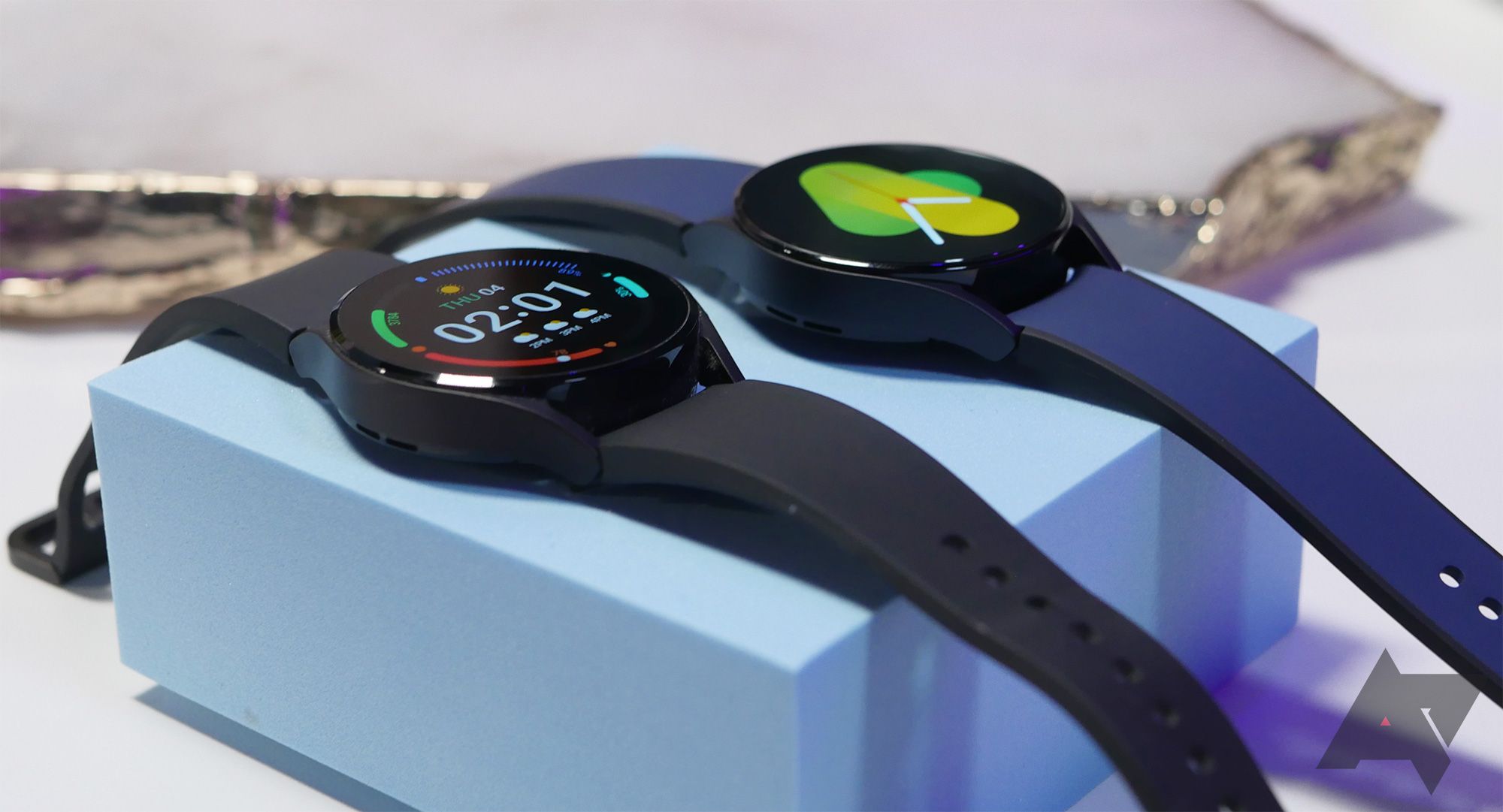Parkinson’s Disease (PD) is the most common neurodegenerative disease, sequential to Alzheimer’s disease, and is the fastest-growing neurological condition. Cardinal motor symptoms include bradykinesia (BK; slowness of movement), resting tremor, rigidity, and gait deficits.
PD is still incurable, with the primary therapeutic approach being Levodopa (LD) for symptom alleviation. LD use, however, is challenged by a short half-life and reduced efficacy over time. This contributes to the emergence of ‘wearing off’ phenomena that include motor and/or non-motor symptoms. Patients may also develop dyskinesia (involuntary motor movement) with prolonged LD use.
‘Wearing off’ can happen during the Early Morning Off (EMO) periods, occurring from 02.00 to 06.00. EMO affects approximately 59.7 per cent of individuals across all PD stages. Given the variability in EMO symptom presentation, precise diagnosis and effective management require accurate patient self-reporting and clinician observation. This poses a significant challenge as clinical visits are infrequent and brief. Patients may also have trouble recalling symptoms between appointments, making it difficult to assess patients’ symptoms comprehensively.



